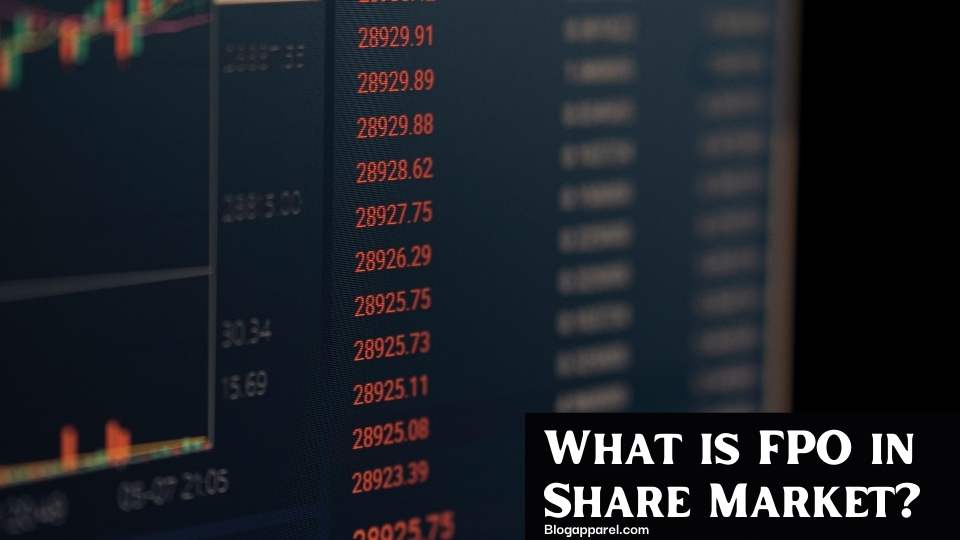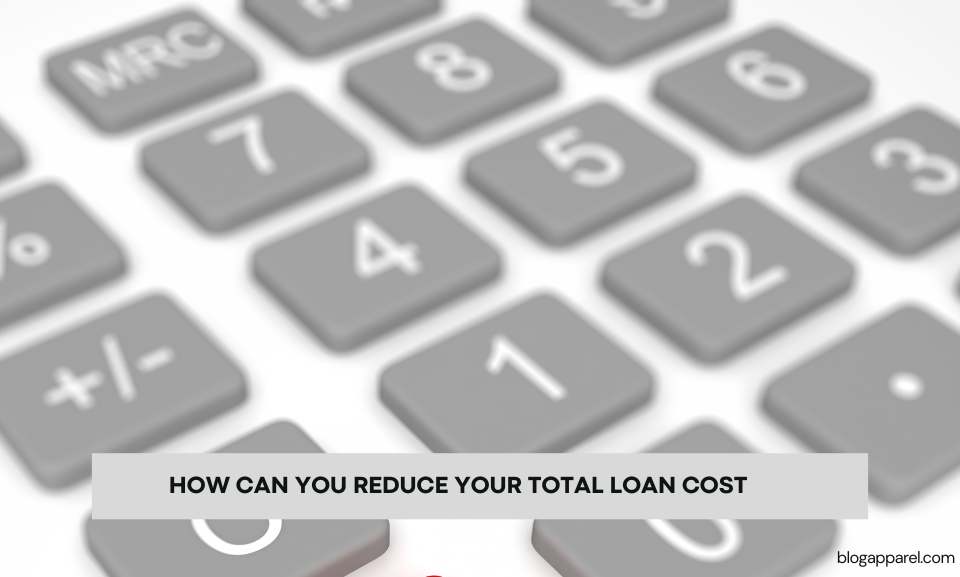To read cryptocurrency trading charts, start by understanding the basics: candlestick patterns indicate price movements, volume bars show trading activity, and technical indicators like moving averages, and RSI provides insights into market trends and potential reversals. Practice and continuous learning are essential.
Introduction
Navigating the volatile world of cryptocurrency trading demands a solid grasp of trading charts, an essential tool for any trader aiming to decode market trends and make informed decisions. These charts, brimming with candlesticks, volume data, and many technical indicators, serve as the Rosetta Stone for understanding price movements and predicting future trends. Mastering the art of reading these charts is a crucial skill set for thriving in the dynamic landscape of cryptocurrency trading.
Understanding the Basics of Cryptocurrency Trading Charts
Understanding the basics of cryptocurrency trading charts involves familiarizing yourself with critical components such as candlesticks, which represent price movements within a specific timeframe, and volume bars, indicating the amount of trading activity. Recognizing patterns and trends within these elements can provide insights into market sentiment and potential price directions. Additionally, learning to interpret various technical indicators like moving averages and RSI is essential for analyzing market conditions and making informed trading decisions.
Explanation of the different types of charts commonly used in cryptocurrency trading (e.g., line charts, candlestick charts, bar charts)
In cryptocurrency trading, several charts are commonly used to analyze market trends, each offering unique insights. Line charts provide a straightforward visualization of price movements, connecting closing prices to highlight general trends. Candlestick charts, more detailed, depict the open, high, low, and close prices within specific intervals, offering more profound insights into market sentiment and potential reversals. Bar charts, similar to candlesticks, show opening and closing prices and highs and lows but with a different visual representation.
Introduction to critical terms like support, resistance, volume, and trend lines
Critical terms for interpreting these charts include ‘support’ and ‘resistance,’ which refer to price levels where an asset tends not to fall below or rise above, respectively. ‘Volume’ signifies the number of shares or contracts exchanged within a security or market within a specified timeframe, providing insights into the strength of a price move. ‘Trend lines’ are drawn to connect price points, helping identify the direction and velocity of a market trend, which is crucial for making informed decisions in cryptocurrency trading. Understanding these basics is foundational for navigating the complex world of cryptocurrency charts.
Types of Cryptocurrency Trading Charts
Cryptocurrency trading charts come in various forms, each providing unique insights. Line charts offer a simple view of price changes over time, ideal for identifying general trends. Candlestick charts, rich in detail, illustrate price movements within specific periods, revealing market sentiment and potential reversals. Bar charts also display opening, high, low, and closing prices with a different visual emphasis. Each chart type is vital for traders to analyze market behaviour and make informed decisions.
Overview of popular chart types (candlestick, line, bar)
In the ever-evolving realm of cryptocurrency trading, achieving expertise is crucial. The art of chart analysis is vital for success. Among a trader’s many tools, three trading charts stand out for their popularity and utility: candlestick, line, and bar charts. Each offers a unique lens to view market movements, providing valuable insights into the cryptosphere’s volatile landscape.
Candlestick charts are the most favoured among traders because they detail price action within specified time frames. These charts vividly depict the open, high, low, and close prices, offering a comprehensive view of market sentiment. Their visual nature allows traders to spot patterns and potential reversals relatively quickly, making them indispensable in technical analysis.
Line charts, with their simplicity, offer a clear and uncluttered view of price movements over time. They connect closing prices to form a single continuous line. This type of chart is particularly useful for identifying overarching trends and providing a macro perspective on market dynamics.
Bar charts share similarities with candlesticks. They display the same range of price action but through a series of vertical lines and horizontal ticks. These charts present a straightforward visualization of opening and closing prices alongside the highs and lows, catering to traders who prefer a less intricate visual representation.
Critical Components of a Trading Chart
Critical components of a trading chart include the price axis, typically displayed on the right, representing the levels at which an asset is traded. The time axis at the bottom marks the duration over which trading data is plotted. Candlesticks or bars represent price movements within specific time frames, indicating opening, closing, highs, and lows. Additionally, volume bars and technical indicators (e.g., moving averages, RSI) provide insights into market sentiment and trends.
Price axis: understanding price levels
The price axis is a fundamental component of a trading chart, offering insights into the varying levels at which an asset has been traded. It allows traders to understand price levels by displaying a vertical scale of values, enabling the identification of trends, support, and resistance levels. Mastery of reading the price axis is essential for making informed trading decisions.
Time axis: interpreting time intervals
The time axis, running horizontally along the bottom of the chart, marks the time intervals over which the data is plotted. This component is crucial for interpreting how quickly or slowly price movements occur, helping traders discern short-term fluctuations from long-term trends. Understanding these intervals provides context to the price action, informing strategy development.
Candlesticks: analyzing price movements and trends
Candlesticks are vital for analyzing detailed price movements within specified time frames. Each candlestick reveals the open, high, low, and close prices, offering a snapshot of market sentiment. The colour and size of candlesticks can indicate trend reversals or continuations, making them a powerful tool for predicting future price movements.
Volume: tracking market activity
Volume, represented by bars below the price chart, tracks market activity, indicating the strength behind price movements. High volume suggests strong interest in the asset at its current price, potentially signalling the start or end of a trend. Analyzing volume alongside price action provides a fuller picture of market dynamics, enhancing the accuracy of predictions.
How to Analyze a Cryptocurrency Trading Chart
To analyze a cryptocurrency trading chart:
- Start by observing the price and time axes to grasp the overall trend.
- Examine candlestick patterns to identify bullish or bearish sentiments and potential reversals.
- Pay attention to volume bars for insights into trading activity strength.
- Utilize technical indicators like moving averages and RSI to gauge market momentum and support/resistance levels.
Combining these elements allows for a comprehensive analysis, aiding in informed trading decisions.
Identifying support and resistance levels
Identifying support and resistance levels is a cornerstone of chart analysis. Support levels represent prices where a downtrend can halt due to a concentration of demand, whereas resistance levels indicate where an uptrend may pause or reverse due to a surge in supply. These levels are pivotal for predicting potential entry and exit points.
Recognizing chart patterns (head and shoulders, triangles, flags)
Recognizing chart patterns is also vital for market analysis. Patterns like head and shoulders, triangles, and flags signal future price movements. For instance, a head and shoulders pattern suggests a reversal from a bullish to a bearish market, while triangles and flags can indicate the continuation or reversal of current trends.
Using technical indicators (RSI, MACD, moving averages)
Technical Metrics like the Relative Strength Index (RSI), Moving Average Convergence Divergence (MACD) and moving averages further refine the analysis. RSI helps identify overbought or oversold conditions, MACD signals the momentum and direction of market trends, and moving averages smooth out price data to highlight the direction of the trend. Mastery of these tools enables traders to make more accurate predictions and informed trading decisions when analyzing cryptocurrency trading charts.
Practical Tips for Reading Cryptocurrency Trading Charts
To read cryptocurrency trading charts effectively, start by familiarizing yourself with basic chart types and their components. Focus on identifying key price levels, such as support and resistance, and observe candlestick patterns for insights into market sentiment. Utilize technical indicators like RSI and moving averages to assess market trends and momentum. Practice consistently, compare different time frames for a comprehensive view, and stay updated with market news that could affect price movements.
Start with a basic understanding and gradually progress to advanced techniques.
Embarking on the journey of reading cryptocurrency trading charts begins with a foundational understanding of basic chart types and their essential elements. Gradually progressing to more advanced analysis techniques, such as deciphering complex candlestick patterns and employing technical indicators, enriches your trading strategy. This step-by-step approach ensures a solid grasp of chart analysis fundamentals before tackling more sophisticated concepts.
Utilize online resources and tutorials for further learning.
Leveraging online resources and tutorials is invaluable for further learning. The internet has educational materials, from beginner guides to in-depth technical analysis courses. These resources can dramatically enhance your understanding and interpretation skills, providing insights from experienced traders and analysts.
Practice reading charts regularly to improve skills.
Regular practice reading charts is crucial for honing your skills. Consistent analysis of different cryptocurrencies across various time frames helps develop an intuitive sense of market trends and patterns. This practice sharpens your analytical abilities and builds confidence in making informed trading decisions. Incorporating these practical tips into your learning routine will pave the way for proficiency in reading cryptocurrency trading charts, turning a complex task into an actionable strategy.
Case Study: Applying Chart Analysis to a Real Trading Situation
Chart analysis was applied to predict Bitcoin’s price movement in an actual trading situation. A trader anticipated a price breakout by identifying a bullish pennant formation, which is evident in the daily chart. And observing increasing volume. Utilizing RSI as a momentum indicator, which showed an upward trend without reaching overbought territory, reinforced the decision to enter a long position. This strategy led to a profitable trade when Bitcoin’s price surged, following the pattern’s prediction and showcasing the practical application of chart analysis.
Walkthrough of a live example using a trading chart
In a practical application of chart analysis, let’s consider a live trading scenario with Litecoin. The trader examines the 4-hour candlestick chart, identifying a clear upward trend. A closer look reveals a consolidation pattern known as a ‘bull flag,’ indicating a potential upward trend continuation. The trader analyzes the volume to confirm this prediction, noticing it diminishes during consolidation—typical behaviour before a price surge.
Demonstration of how chart analysis can inform trading decisions
The Relative Strength Index (RSI) is also consulted. Although high, it hasn’t yet reached the overbought zone, suggesting room for growth. Armed with this analysis, the trader buys Litecoin, expecting a breakout from the consolidation pattern. Litecoin’s price breaks above the flag pattern on increased volume within the subsequent few trading sessions, validating the bullish signal. The trader then sells at a predetermined resistance level, securing a profit. This case study exemplifies how integrating multiple aspects of chart analysis can inform and enhance trading decisions in real-time market conditions.
FAQs
What’s essential to know when reading crypto trading charts?
Understand candlestick patterns, volume, and use of technical indicators like RSI and moving averages to assess market trends.
Why are candlestick patterns important?
They indicate potential market movements and sentiment, helping predict price trends.
What does volume tell us?
The volume shows trading activity strength, with high volume suggesting a strong price move.
How do technical indicators aid analysis?
Answer: Indicators like RSI and MAs help evaluate market conditions and trend directions.
Can trading charts predict exact future prices?
They offer insights but can’t guarantee precise future price movements due to market unpredictability.
Conclusion
Mastering the art of reading cryptocurrency trading charts is a crucial skill for any trader aiming to navigate the volatile digital currency markets successfully. Traders can glean valuable insights into market trends and potential price movements by understanding the significance of candlestick patterns, volume analysis, and the strategic application of technical indicators like RSI and moving averages. Although no method guarantees absolute precision in predicting future prices, the informed interpretation of trading charts is a powerful tool, enhancing decision-making and optimizing Trading tactics in the constantly changing landscape of cryptocurrency markets.











